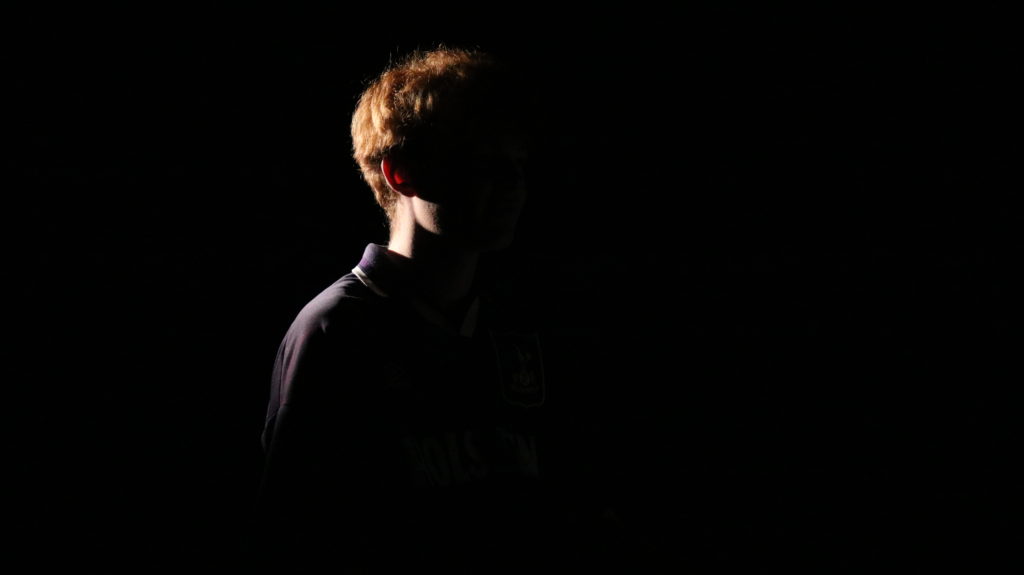Poppy: Editor
Maria: TBC
Tate: Cinematography
Poppy: Editor
Maria: TBC
Tate: Cinematography
F.W. Murnau’s Nosferatu and Robert Eggers’ 2019 The Lighthouse are both distinctive fantastical horror films. Thee narrative of both films are driven by themes psychological, from the claustrophobic, swelling chaos of The Lighthouse to the Thanatophobia (fear of death) created from Nosferatu. These films have been chosen as they were made in contrasting contexts. Nosferatu was a German film made in the troubled Weimer period of the 1920s Germany and The Lighthouse being an independent American film made recently featuring big A-List actors such as Willem Defoe and Robert Pattinson, so the differences in social and economic tropes can be clearly seen. F.W Murnau’s film follows its protagonist Thomas Hutter who is sent by his “master” to finalise a deal with the mysterious Count Orlok. He then quickly finds out that Count Orlok is a vampire who has his targets set on our protagonists’ wife. The Lighthouse features a slow-burn story which induces a claustrophobic feeling as two lighthouse keepers become stranded. Tensions between the two rises as they covet the light at the point of the tower, and the story’s climax comes when both the light housekeepers meet their demise.
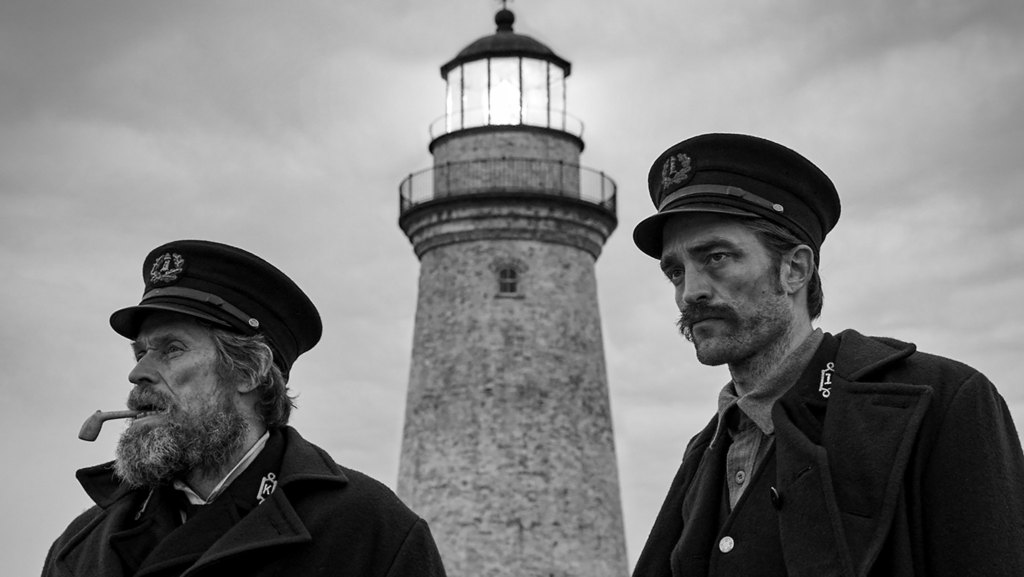
| Topic Area | Film 1 | Film 2 | Context | Question |
| Influence of German expressionism | The lighthouse (Eggers, 2019) | Nosferatu (F. W. Murnau, 1922) | Social Historical Cultural | How has German expressionism has influenced the horror genre in modern cinema? |
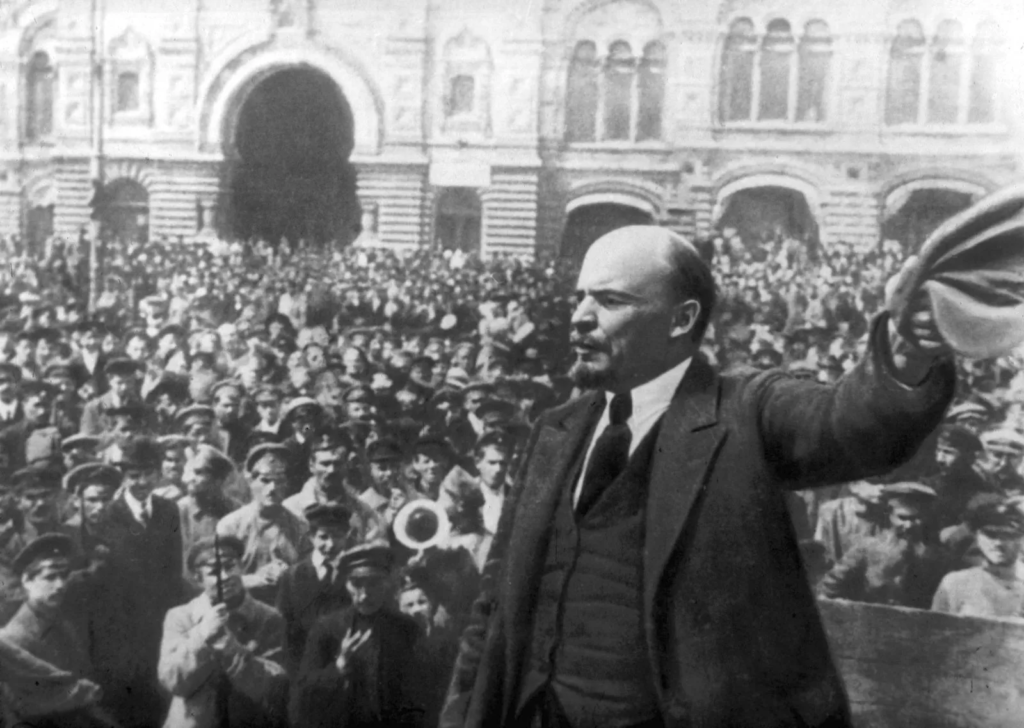
Constructivism begun as the art of a young Soviet Union after the revolution of 1917. The movement was conceived of out of a need for a new aesthetic language; one benefitting of a progressive new era in Soviet socialist history. Lenin encouraged propaganda through film, and this led to many works that involved anti-tsarist propaganda and empowerment of workers.

2. Describe some of the stylistic conventions associated with the expressionist art movement. Post some additional examples of Constructivist art.
Pure geometric forms, linearity, symmetry, repetition, simple, sans-serif fonts, the dominance of red and black, photomontage are all stylistic conventions of the ‘Soviet Constructivism Movement’
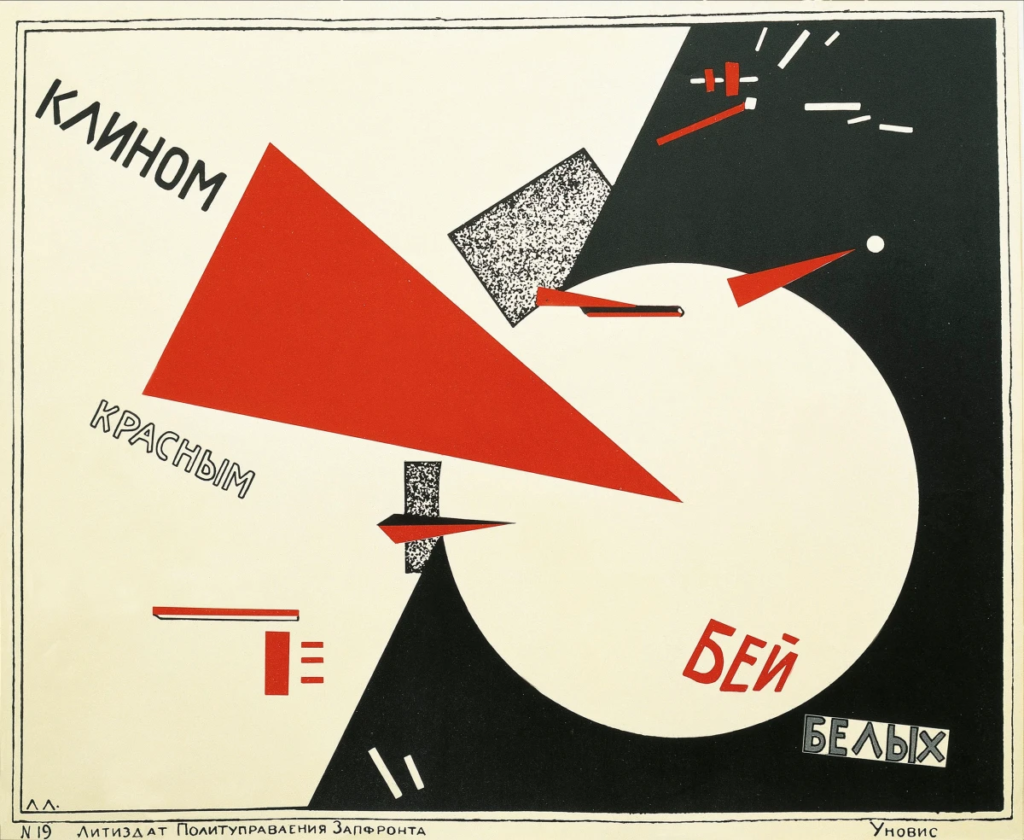
3. How does the Gerasimov Institute operate now?
The Gerasimov Institute is the oldest Film school in the world. Its present operations today consist of being one of the most influential film schools in Russia.
4. Three films identified by critics as classic Constructivist films
The New Babylon (1929)

The End of St. Petersburg (1927)

Strike (1925)
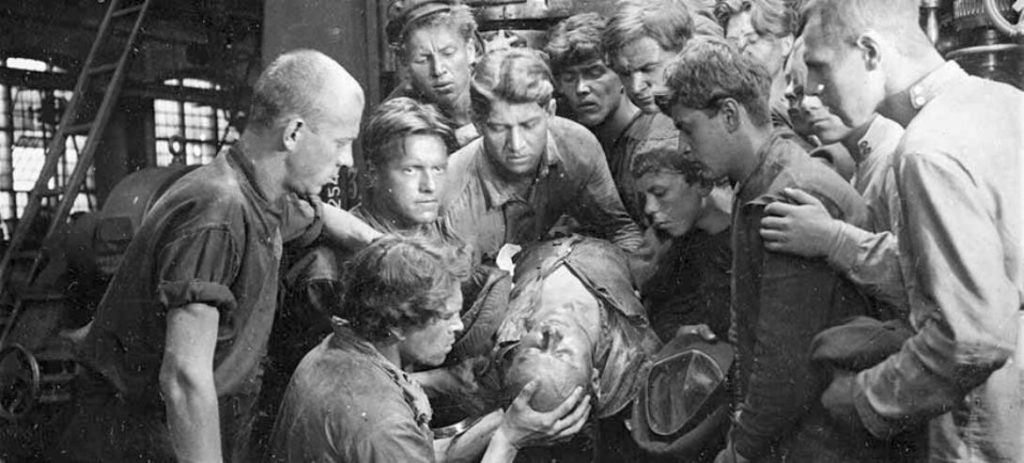
4.
Korean New Wave refers to South Korean films from the 1980’s and 1990’s that focus on social issues and re-imagine genre film.

Park Kwang-su is the central voice, if not the progenitor, of the remarkable Korean New Wave of the late 1980’s and 1990’s.

South Korean cinema saw domestic box-office success exceeding that of Hollywood films in the late 1990’s largely due to screen quota laws that limited the public showing foreign films.
Some of the most famous directors of this generation include Park Kwang-su, Jang Sun-woo, Chung Ji-young and Lee Myung-se.

Films from the South Korean New Wave
The Weimar Republic is the name given to the German government between the end of the Imperial period which started in1918 and ended in beginning of Nazi Germany in the year 1933.

German Expressionism was a visual arts movement. Its language was one of jarred lines, crooked shapes, violent, unnatural colours. Especially after the first world war, it concentrated on the more distorted physical human characteristics in an expression of the horrors of war.

2. Some of the stylistic conventions associated with the expressionist art movement
Extreme angles, flattened forms, harsh colours, and distorted views distinguish were major components of the art expressionist art movement.

It delved deep into surrealism not trying to look like the actual world as expressionist art tried to convey emotion and meaning rather than reality

In order to express emotion, the subjects are often distorted or exaggerated.
4.Films identified as classic German expressionists films by critics.
Destiny (1921)
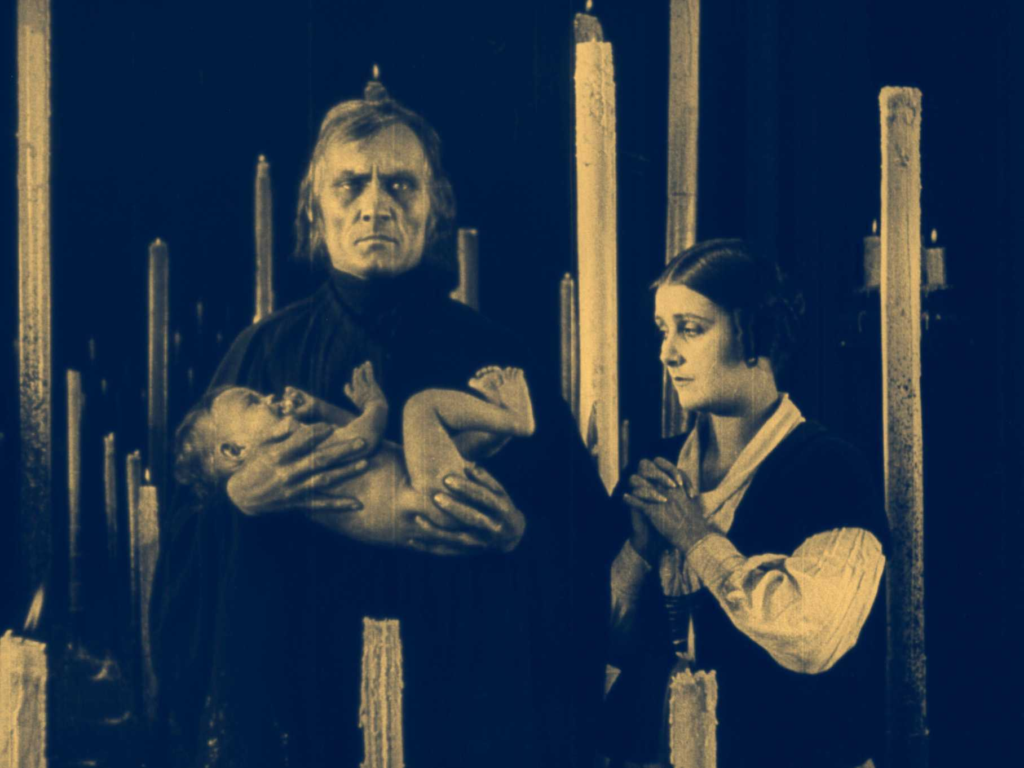
From Morn to Midnight (1920)

A cashier is a small bank gives in to the power of money by stealing from a rich old lady.
The Hands of Orlac (1924)

5. Films from the 40s, 50s and 60s influenced by German expressionism.
The Maltese Falcon (1941)
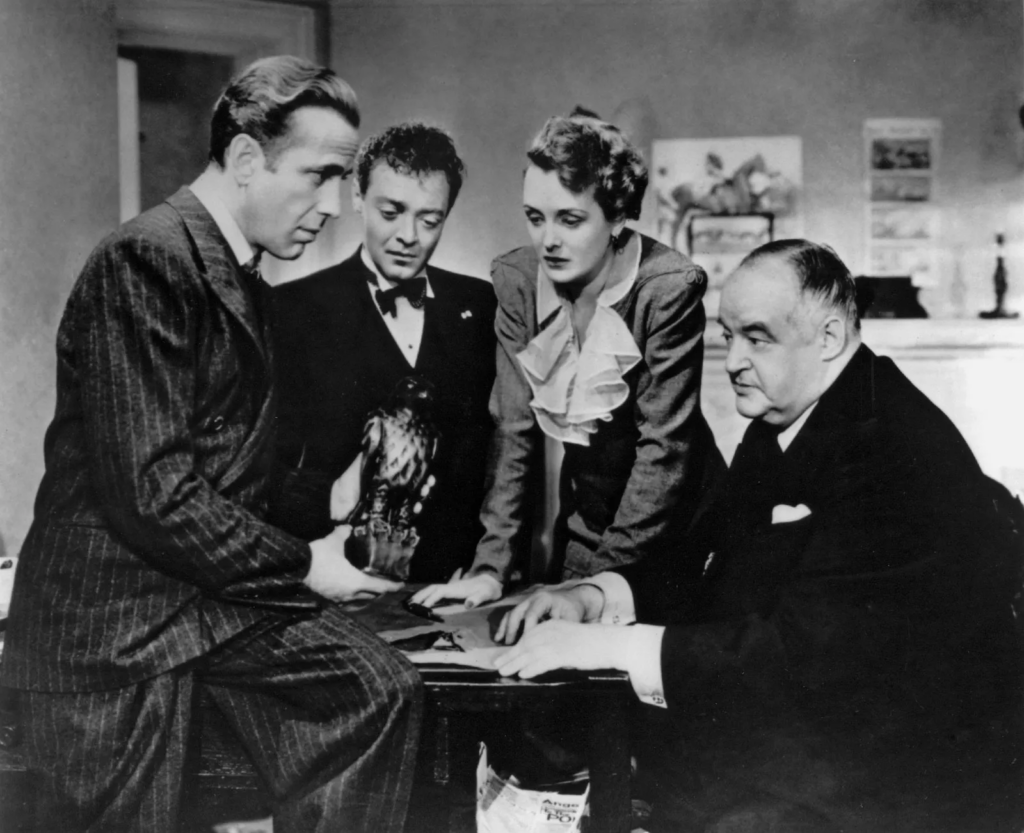
Touch of Evil (1958)

Blast of Silence (1961)

6. 2 Films that appear to gain inspiration from German Expressionism.
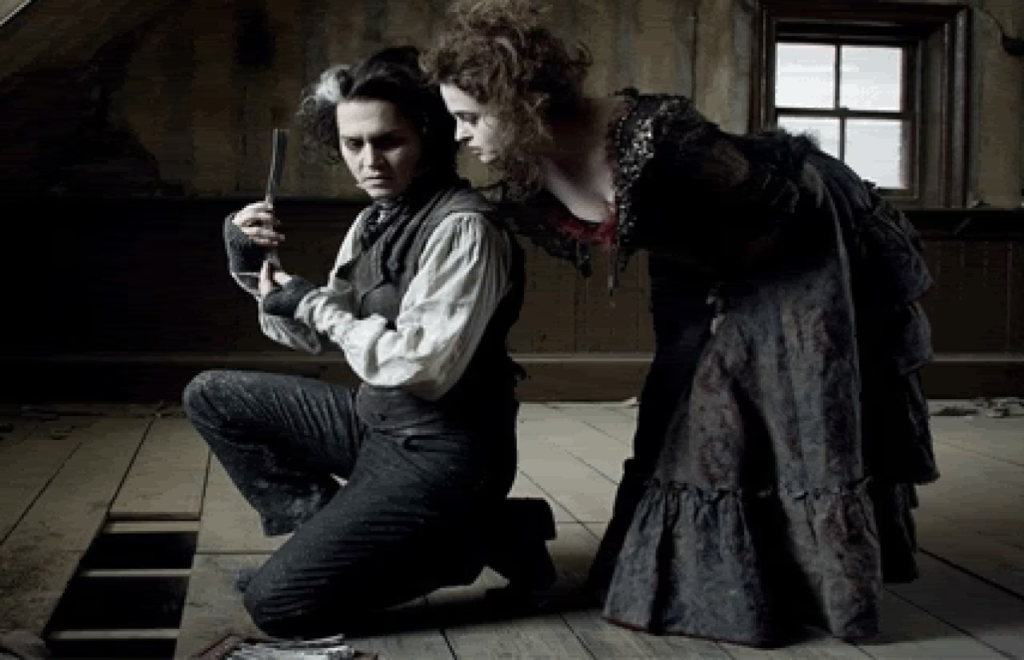
The whole movie is using low key and high contrast lighting. The setting in this movie is typically German Expressionism and appears to be quite Gothic. From the shots of the London streets which is reflected by the setting and the way the character dress are all in black and white which evokes German Expressionism with its dark Mis-en-scene.
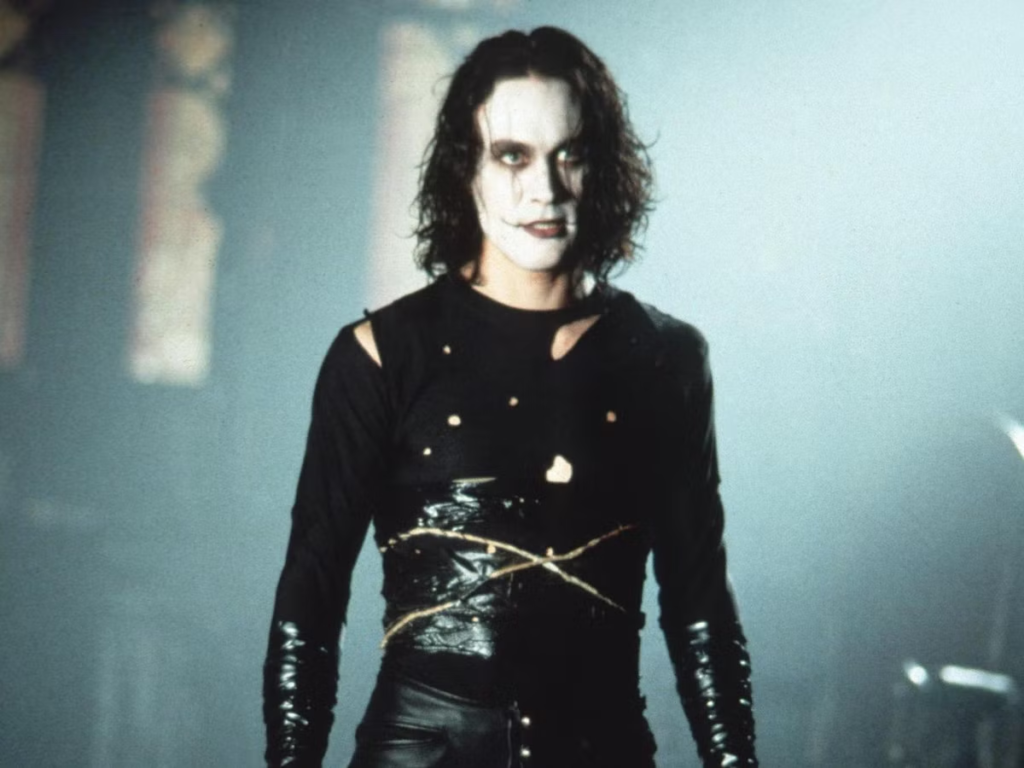
The Crow takes many influences from German expressionism including the dark, well designed and elaborate costumes, the use of makeup also matches the types of makeup worn by actors in films from the German expressionism movement.

Key light- The key light is the main light source. It shines directly on the subject, usually from the front right right or front left.
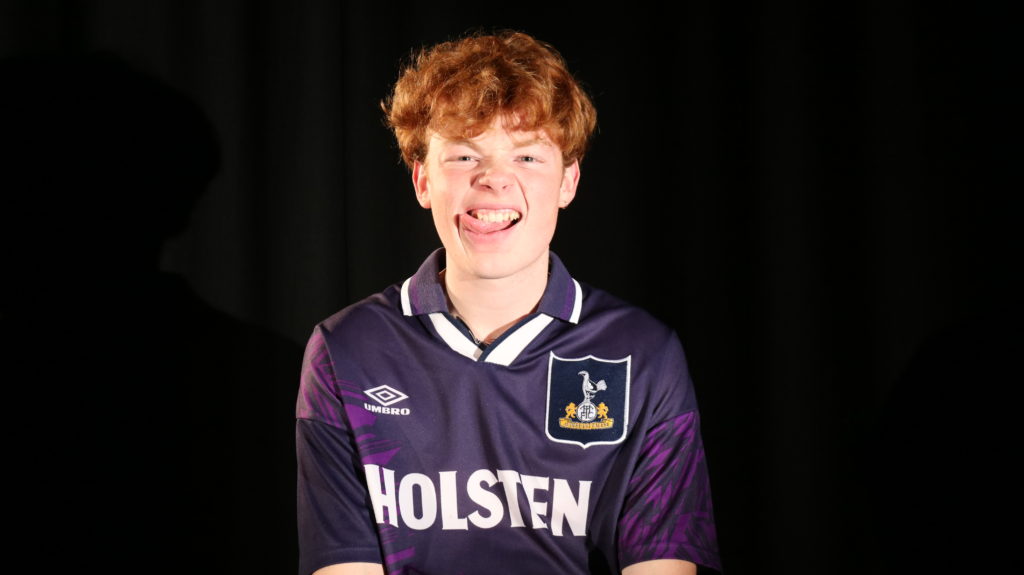
Fill light-The fill light is your secondary light source.
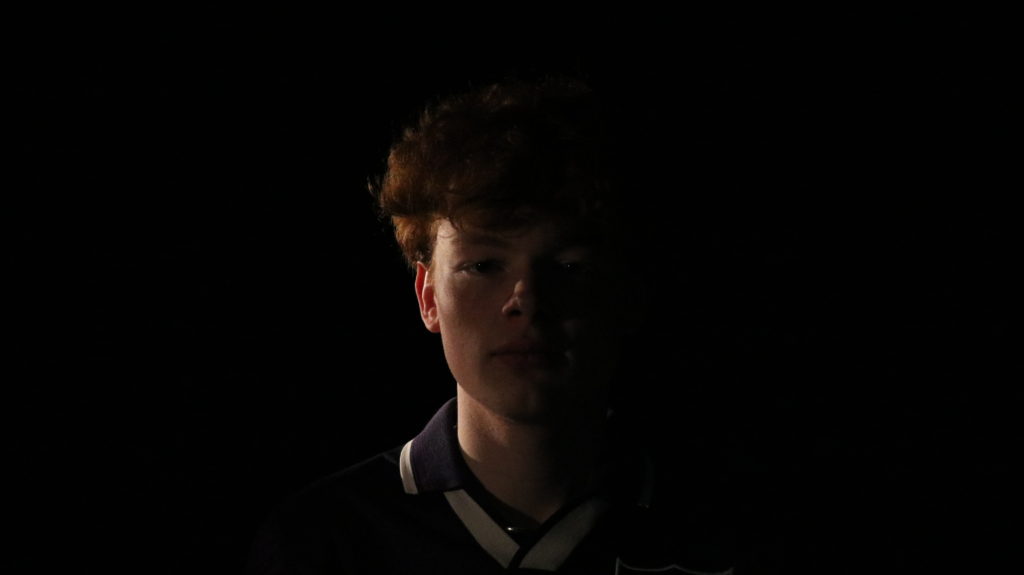
Back light-The back light is the background light source.
